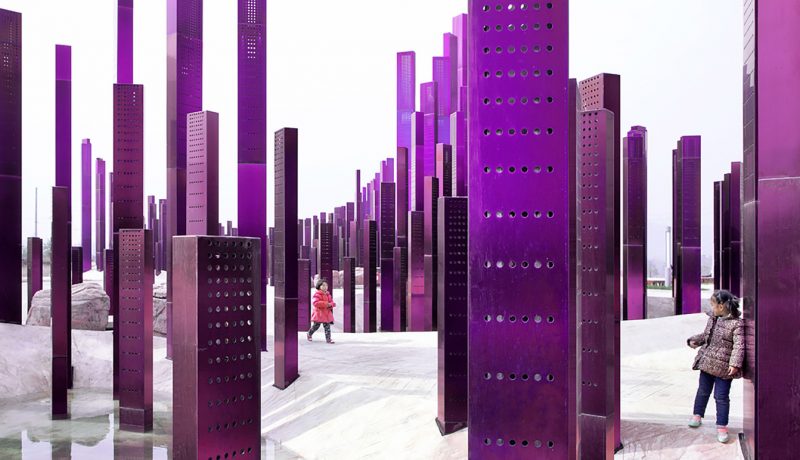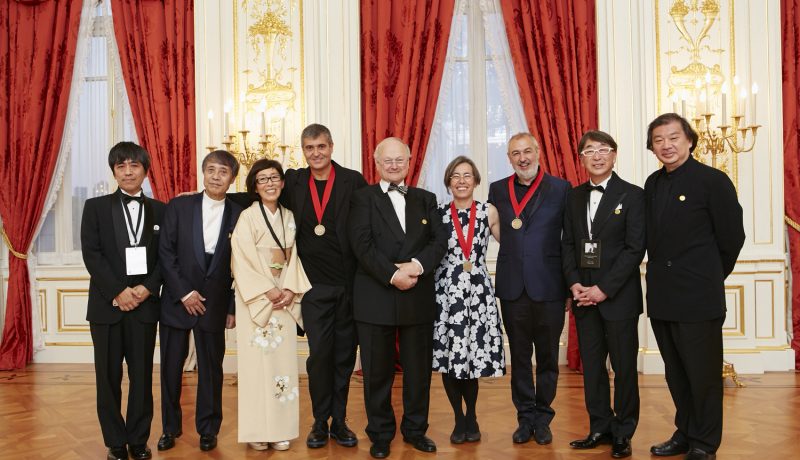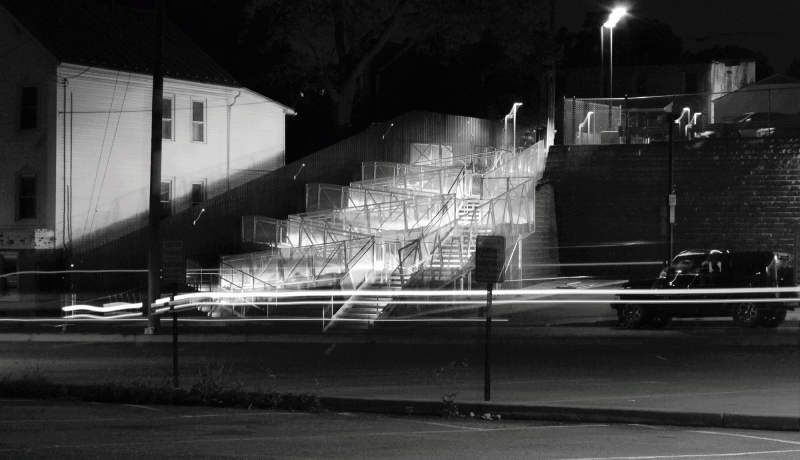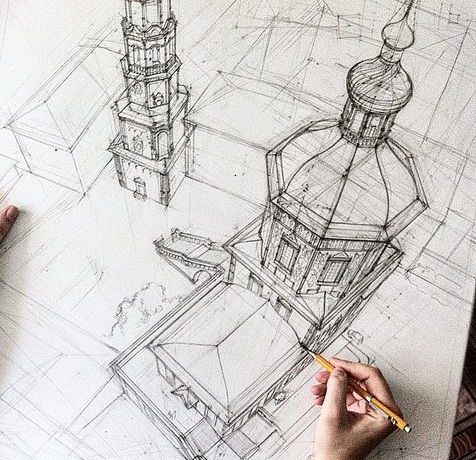Architecture is a social art. Architects sometimes construct and construct buildings with personal ideas, but most buildings are designed according to social needs. Architects are generally expected to design a specific building in a specific location. Many people are involved in building a building; there is plenty of capital and resources and other specialties except architects. Building laws and regulations also limit architectural decisions. Designing an architectural building is the ultimate decision maker, but the demands of the community, the rules and demands of the employer affect its decisions. The same goes for the appearance and facade of the buildings. Even today, welcomed by new and unfamiliar exterior experiences, there are rules in many cities, especially historic cities, to accommodate new buildings in urban form and to follow a common, common language. Although the limitations imposed by external factors on architectural decision are among the most architects, a fact has been accepted; however, there have also been important and well-known architects who have worked on paper, regardless of the needs of society or even the laws of physics, such as Giovanni Batista Piranzi and Antonio Saint-Elia. These types of architects are sometimes called mockery by the architect of the paper. [Needless] However, one should not see the call of the community as an obstacle to the architect’s artistic goals. Most architects look at these requests as the natural conditions of an artistic path. Architecture as a science and art has been the subject of debate in the past. Most people agree that architecture is both, but (how much art) and (how much science) or the superiority of one factor over another over time was different in terms of different situations. This is a constant debate, which has often led to harsh controversy among architects. Architects oriented to (form) and (visual gravity) often require architecture for themselves. While planning architects (from question to answer), (social issues) or (solar architecture) often take a defensive position against the group. In order to understand the volume and the volume of architecture, art is more subtle than science. Without thinking and thinking about the effects of art, which is very broad and intangible, generally you can not get immediate and tangible effects of science on your life. Additionally, there is generally no consensus on the definition of art among people in the community, if there is a consensus in accepting and verifying art











